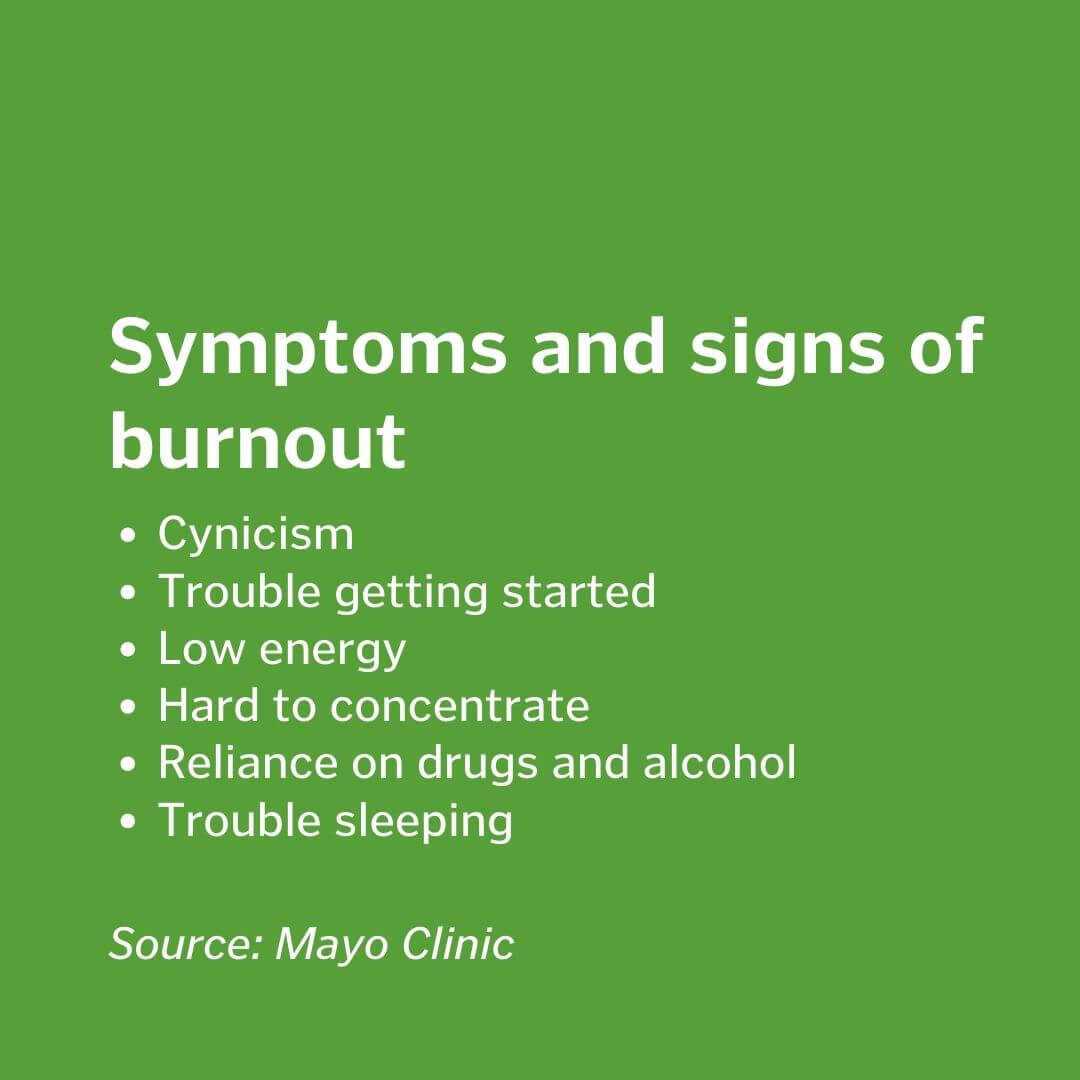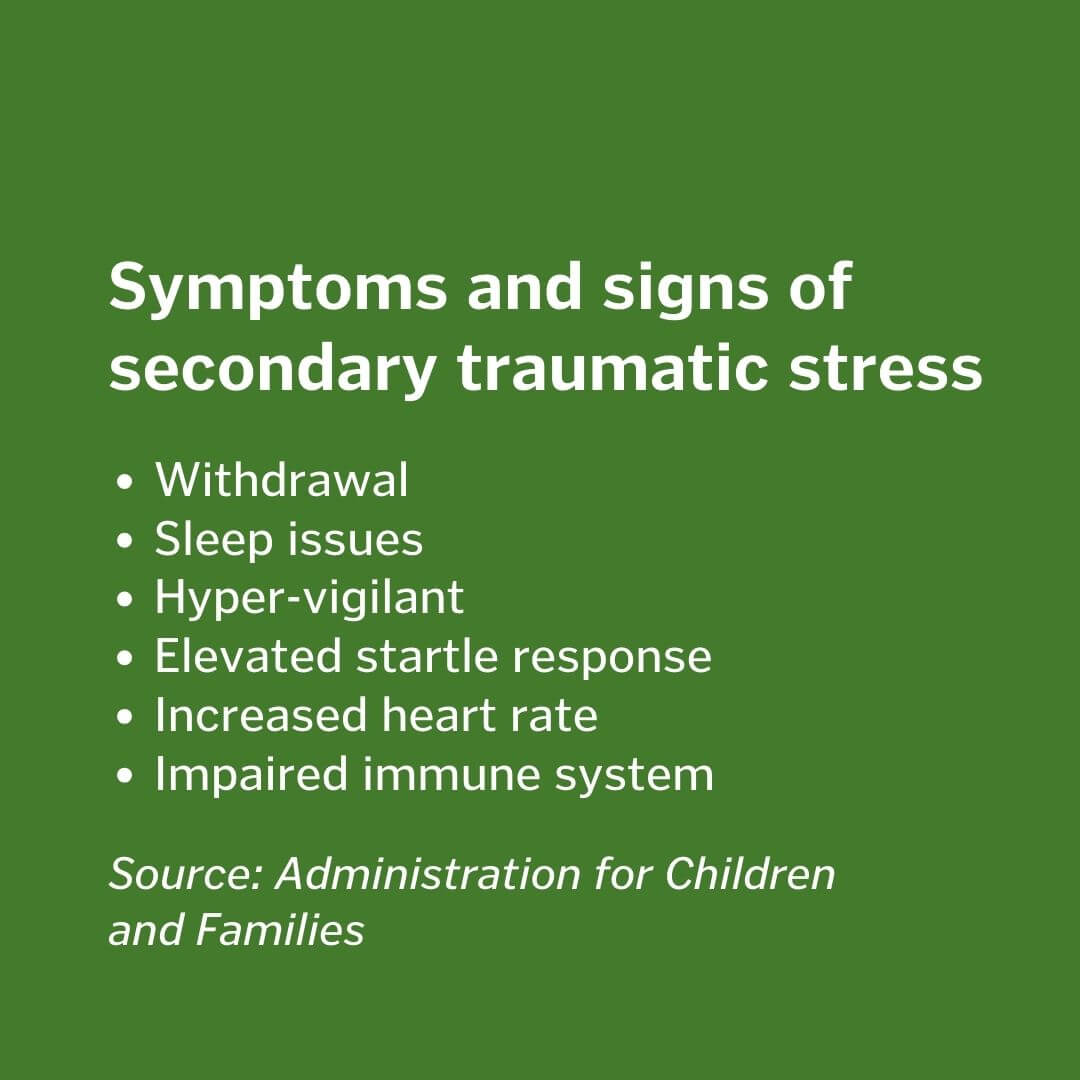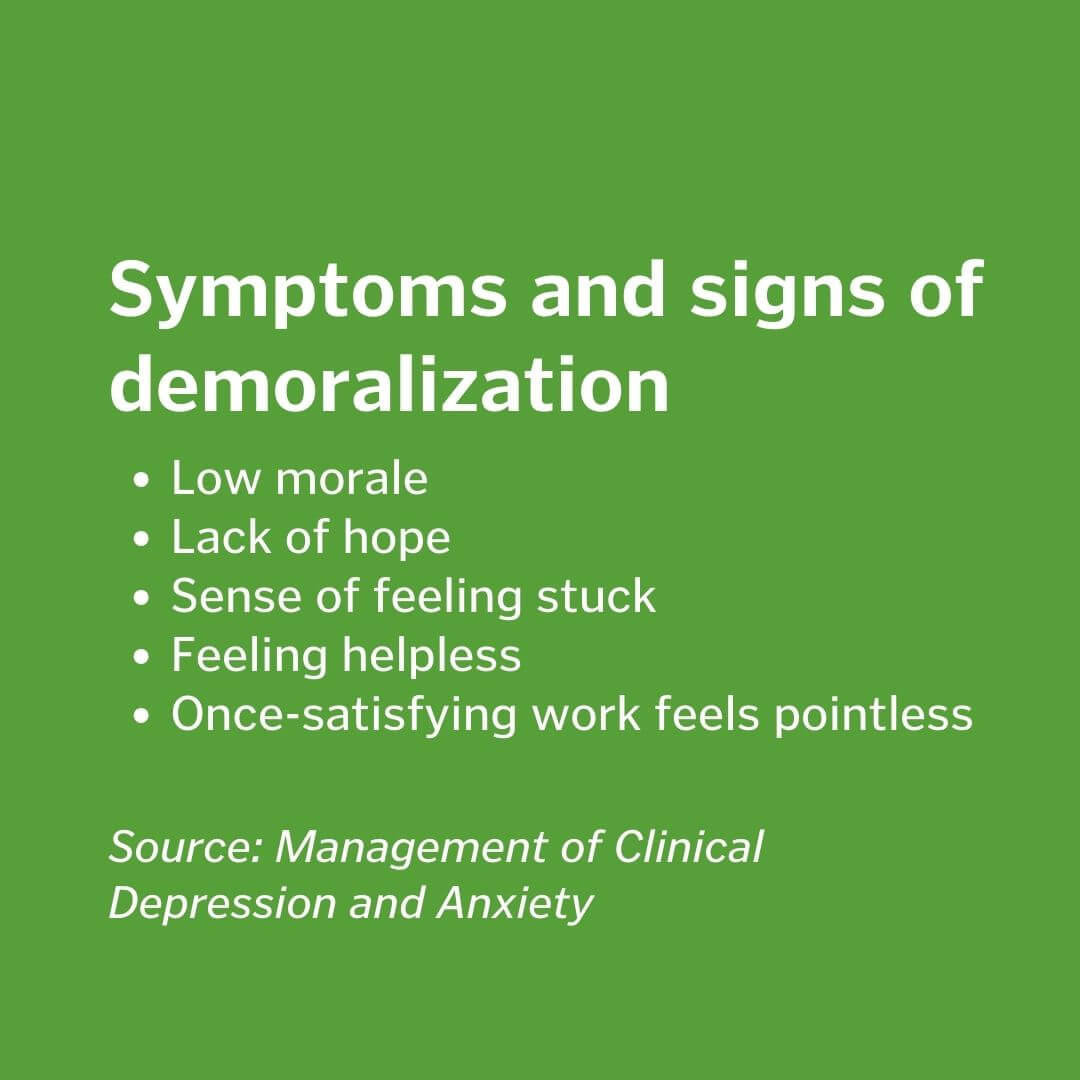What I’m about to share isn’t all mine. Most of these ideas don’t come from journalism at all. That’s why I’m hoping you’ll listen.
A few holidays ago, I was catching up with a young family member when a cartoon lightbulb went off in my brain. She was in her first job since graduating from college, working as a nurse in the oncology ward.
I asked her how her industry handles burnout, something I’ve been thinking about a lot after a few years spent co-leading a program for early-career journalists and watching a decade of layoffs and contraction in local news.
One approach, she told me, is peer counseling. Nurses can check in with each other to process what they’re experiencing.
Wouldn’t a formal version of that be great in journalism? (If this exists and I missed it, seriously. Let me know.)
I started wondering how other industries deal with burnout. So I approached that question like a story and began researching two other professions that have a lot in common with journalists: first responders and educators.
Soon, a whole room of cartoon lightbulbs started glowing.
I took that research and built a course I call “Is it burnout? Understanding career wear and tear and how to deal with it.”
The course walks people through three common ways of processing the wear and tear of work, which, surprise, are not just burnout. It shows how first responders, educators and journalists deal with those three states, and it helps people buld their own toolkits.
If you’re starting to feel a cartoon lightbulb moment of your own, keep reading.
What is burnout?
Before we get much further, let’s deal with some myths about burnout.
First, it’s not just about overwork, though that is for sure an issue in our industry. Burnout is individual, but it occurs within systems. I can’t fix those systems, but I can help people start to figure out how, individually, they’ll fight back.
It goes beyond taking a day or even a week off. (Though you should certainly do that whenever possible.)
A Gallup survey on burnout from 2020 to 2022 found that the real causes of burnout include feeling like what you’re doing is trivial, feeling stuck, lack of clear communication from the bosses, lack of clarity in your role, unreasonable deadlines and moving targets for success.
(Ahem, clickbait, stagnant wages, “strategic realignments,” story quotas, pivots to video, hedge funds …)
There’s a way to measure burnout, built by Dr. Christina Maslach. Maslach talked about the roots of burnout in a 2018 article in ACEP Now, a publication from the American College of Emergency Physicians.
Yes, she says, overwork can be a problem. But other possible problems include the autonomy you have to do your job, the feedback you get, the community you have, the fairness you see in your workplace and how well your work matches with your values.
Burnout is most known as overwhelm and exhaustion. But what if what we’re experiencing is actually something else that journalists, first responders and educators experience frequently: secondary traumatic stress? Or what if it’s another thing all three certainly have enough of: demoralization?
What if it’s the flood of death, suffering and despair that journalists witness, cover and consume, causing secondary traumatic stress?
What if it’s the weight of the invisible labor that majority-white newsrooms ask people of color to perform without additional pay that leads to demoralization? Or the lack of a business strategy that works?
What if it’s some mix of all three?
We carry their stories with us
The stories I read from educators and first responders felt so familiar.
“We carry our patients’ stories with us,” read a passage from a 2020 article on secondary traumatic stress in the American Academy of Pediatrics. “The longer we are in practice, the more stories we have — the good, the bad and the traumatizing. Our patients should affect us. If we feel nothing, then we can’t connect as strongly and may not be able to optimize patient care.”
And “sources of stress for emergency responders may include witnessing human suffering, risk of personal harm, intense workloads, life-and-death decisions, and separation from family,” read a tip sheet from the Centers for Disease Control.
I found these to be echos of the issues and experiences journalists face. I also found some nuance in how these two other professions think about them.
Here are the definitions I began to use:
Burnout: “A syndrome conceptualized as resulting from chronic workplace stress that has not been successfully managed.” – World Health Organization
Secondary traumatic stress: “Stress reactions and symptoms resulting from exposure to another individual’s traumatic experiences, rather than from exposure directly to a traumatic event.” – CDC
Demoralization: “A persistent inability to cope, together with associated feelings of helplessness, hopelessness, meaninglessness, subjective incompetence and diminished self-esteem.” – National Institutes of Health
Remember how I said that I might not be able to fix systems, but maybe I could help people figure out how to fight this work wear and tear?
Let’s do that now.
Hungry, numb and stuck
I can’t distill more than an hour of teaching into a short article, but I can leave you with a few questions and some strategies.
And — this is important — I don’t assume any of this will work for someone experiencing acute stages of any of these states. That deserves professional care. At the end of this piece, I list a set of resources that help journalists pay for therapy. The following approaches are meant to help before what you’re dealing with becomes acute.
First, when was the last time you experienced burnout? Secondary traumatic stress? Demoralization? Write them down. Next, what were the signs? Write those down, too. (Really, take a minute and think this out. I’m not going anywhere.)
Here are some common symptoms and signs for each, in case it’s helpful.



While teaching this session to early-career journalists in November, I realized I was tip-toeing toward burnout and a bit of demoralization. The way I figured that out? I kept forgetting to eat lunch.
Years ago, I spent a few days in Orlando talking to journalists covering the Pulse nightclub shooting. For a week or so after, I felt numb to everything. That was a sign of secondary traumatic stress.
And at some point during the pandemic, as the list I maintained of journalism layoffs, furloughs and closures grew longer and longer, I found myself struggling to start work each day. That was a sign of demoralization.
Figuring out the signs you have for each state is a really important first step. Think of such signs as a check engine light. When it goes on, you need to pull over and figure out what’s happening.
Next, pick your strategy.
This first set of strategies comes from the CDC, Resilient Educator and the Journalist’s Resource:

These next ones come from the American Academy of Pediatrics, ASCD and Amnesty International:

And these tips come from humanitarian psychiatrist Dr. Susan Song and me:

This piece isn’t about the movements aiming to change our industry, but they are out there. I’ve loved the work of my former colleague, Sam Ragland, who’s now at the American Press Institute. The Dart Center for Journalism and Trauma is a trusted and valuable resource. There are newsrooms, including MLK 50: Justice Through Journalism, that are making publishing breaks a normal and healthy thing. And if you work with a Gen Z journalist right now, you might appreciate the boundaries they have and the care they take around their well-being, and that of their colleagues, communities and our industry.
If you don’t appreciate it, you should.
It’s fantastic that we’re inching toward fixing our institutions. (Maybe someday we’ll even stop living in a hustle culture.)
But we still have jobs to do now. We can’t, and shouldn’t, wait for things to ease up. I’ve spent 10 years as a media reporter and more than 20 as a journalist and can tell you that’s not a realistic hope.
We can pay attention to what our bodies and brains are telling us, identify the cause, and work to make it better for ourselves and each other.







